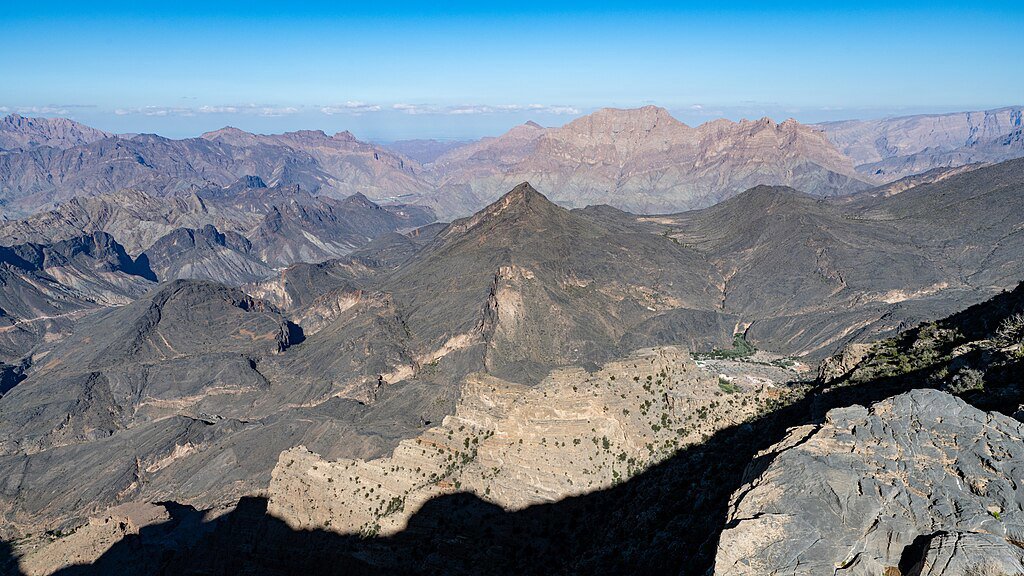Silent magma structure likely influenced India’s collision with Eurasia millions of years ago, researchers say
A recently discovered subterranean magma plume beneath Oman’s Salma Plateau may have silently redirected the Indian tectonic plate during its ancient collision with Eurasia, altering the course of continental history.
Scientists call it a “ghost” plume — a deep, hot mantle structure that does not erupt but exerts powerful tectonic influence, reported gadgets360.com.
Published in Earth and Planetary Science Letters, the study presents the discovery of a previously undetected mantle plume — dubbed the Dani plume — beneath Oman’s thick continental crust. Led by geophysicist Simone Pilia, the team used seismic data from Oman’s dense sensor network to trace changes in how sound waves moved through the Earth’s layers, revealing the presence of this amagmatic plume.
New study reveals non-eruptive magma plume beneath Oman may have caused India’s dramatic tectonic shift 40 million years ago.
Unlike traditional mantle plumes that burst through oceanic plates forming volcanic chains like Hawaii, this plume remains trapped due to the heavy continental crust above it. This discovery expands the understanding of mantle dynamics, highlighting how deep Earth processes can shape continents without visible volcanic activity.
The researchers found that between 40 and 25 million years ago, the Indian plate made a significant directional shift, which may have been triggered by shear stress from the Dani plume. Although its surface effects may be subtle, its geological impact appears to be substantial.
Interestingly, this plume left no volcanic trail — possibly erased by subduction in the nearby Makran zone. Yet, the study opens possibilities for detecting similar “ghost” plumes beneath other thick-crusted continental regions like Africa, as seismic imaging technology continues to improve.









